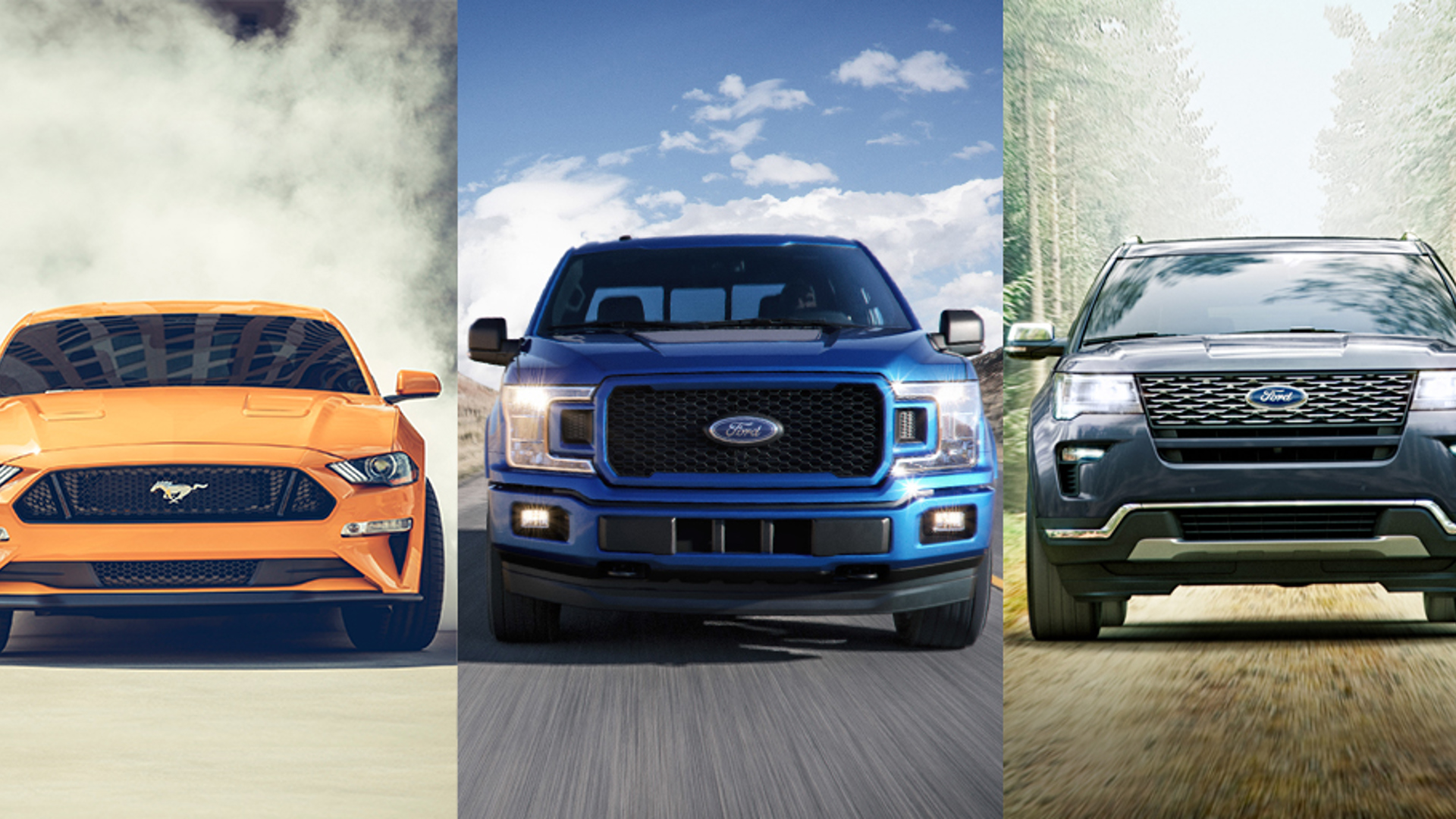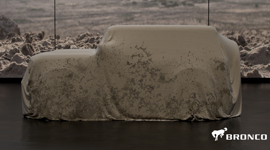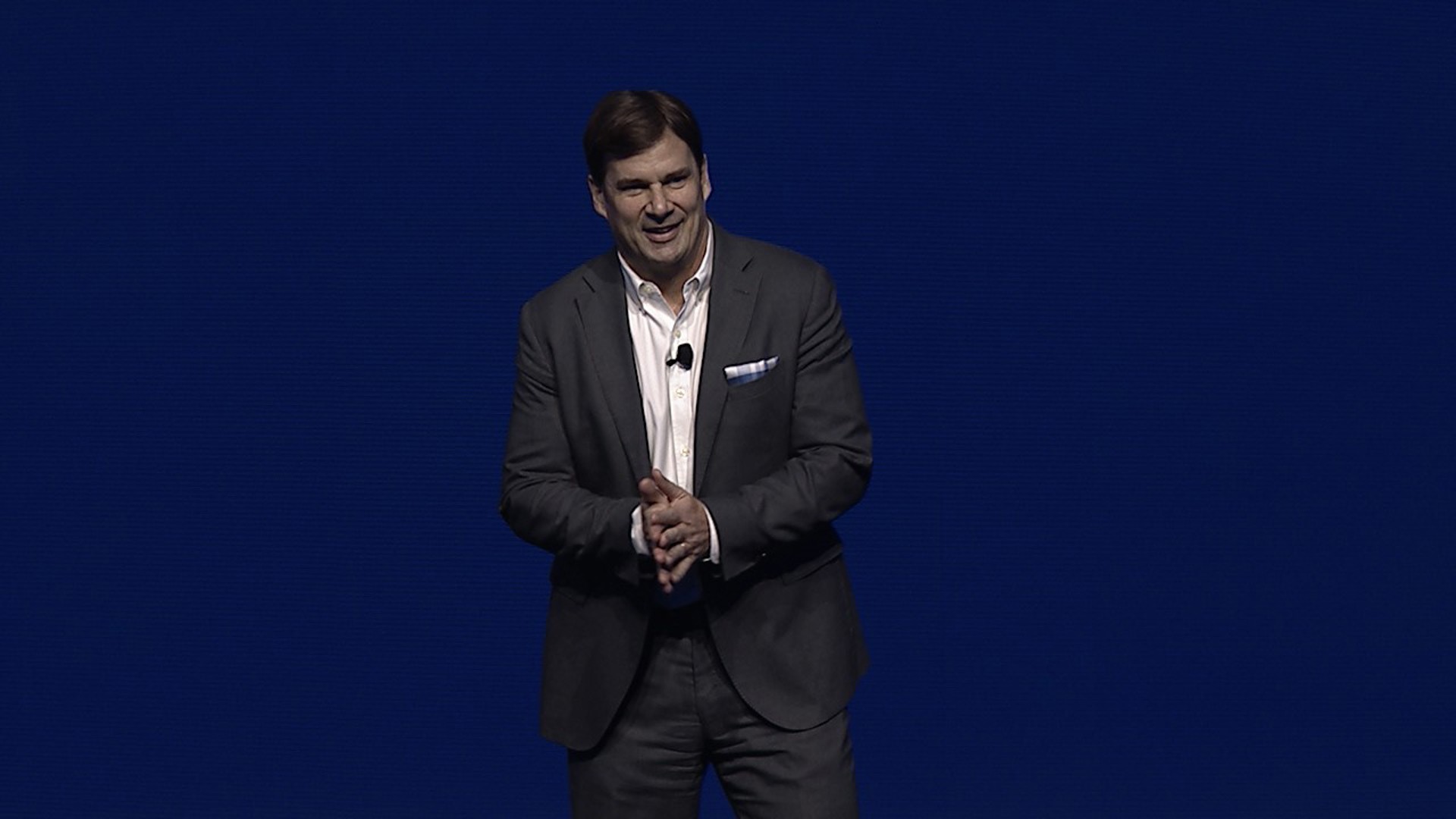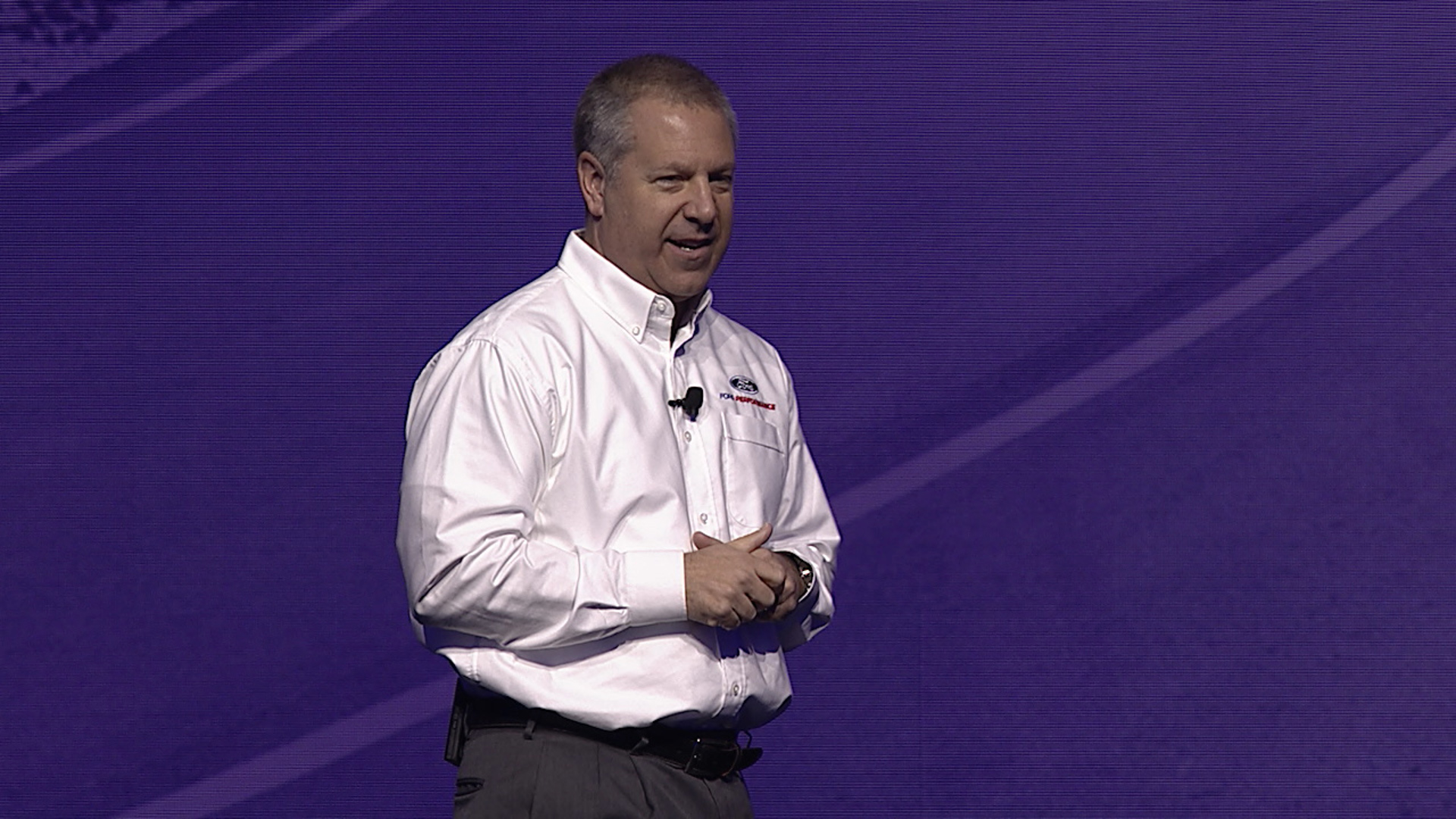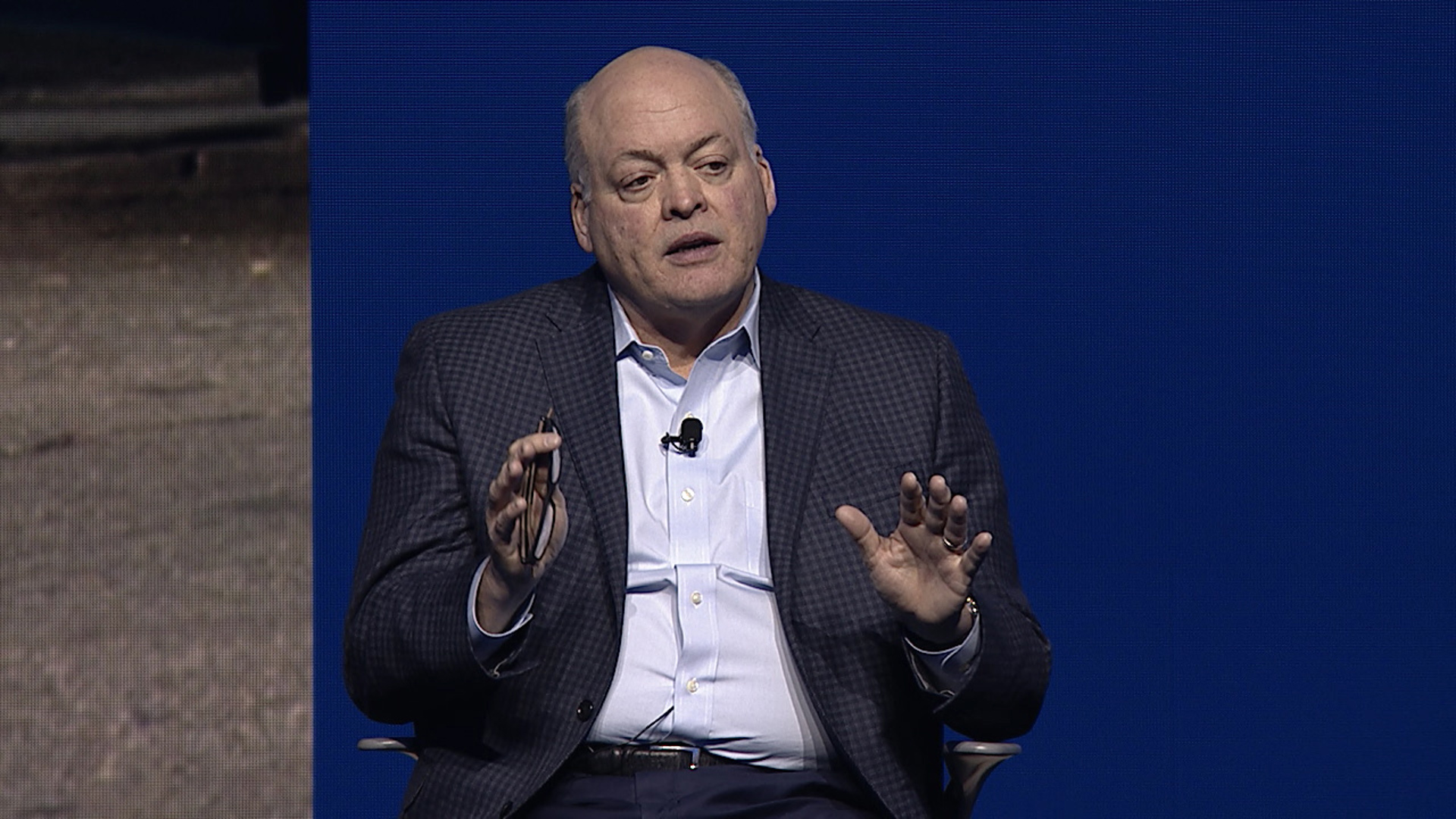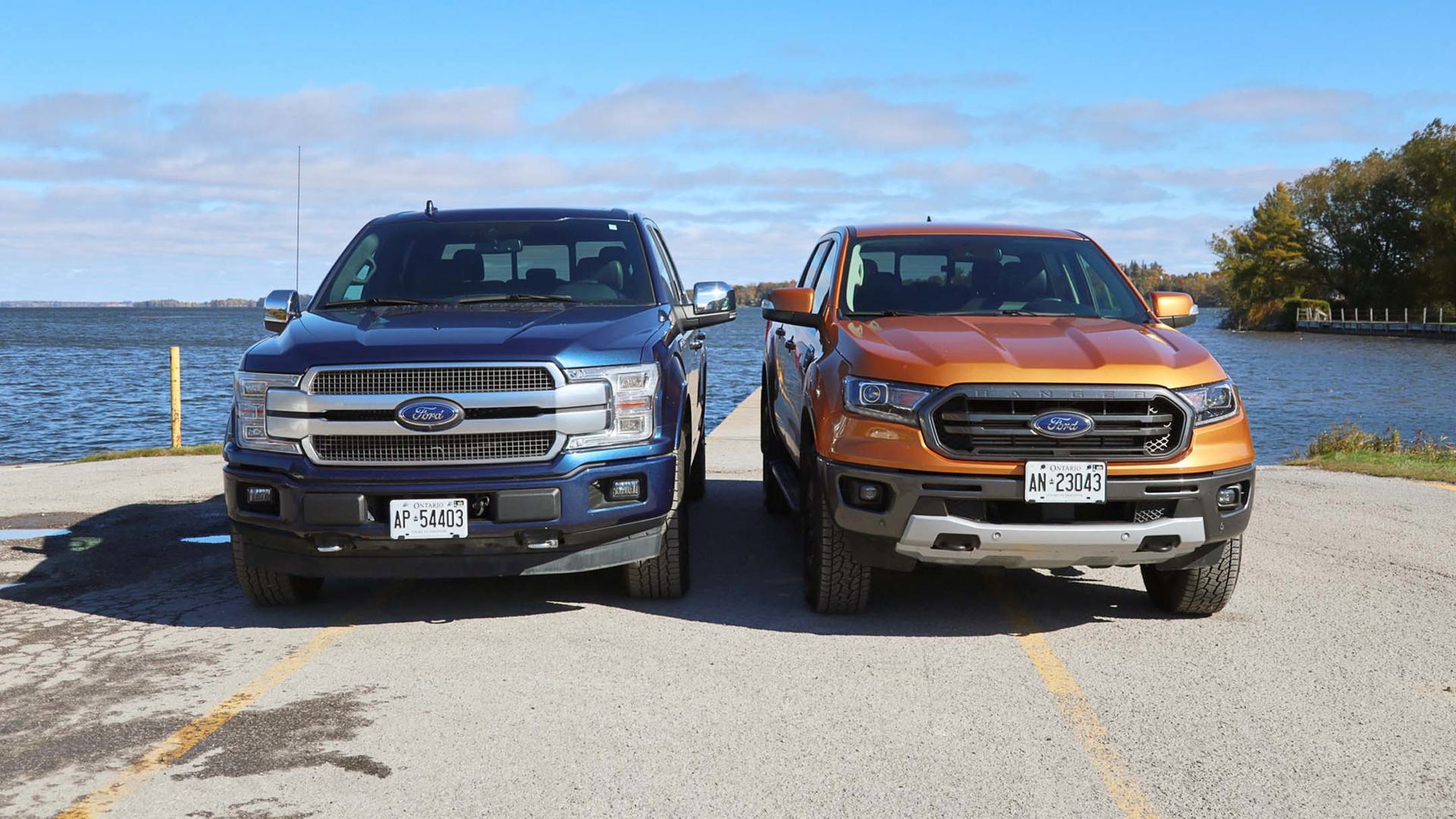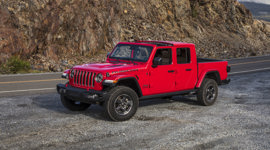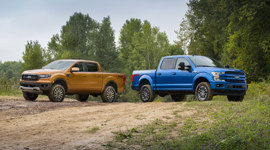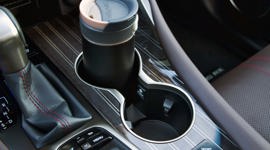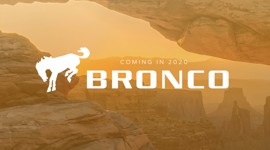“Being frozen is a death sentence,” said Jim Hackett, Ford Chief Executive Officer, before launching into a lofty and wide-reaching speech that outlined his company’s approach to the challenges besieging the industry.
Chief among them, the electrification of key products like the Mustang, Bronco, and F-150.
The company plans to bring in four new nameplates between now and 2020, including the Ford Bronco and a smaller, as-yet unnamed off-road-focused SUV. Every one of those, and every SUV introduced from this point forward will have a hybrid or plug-in hybrid variant.
“We’re going to go big on hybrids,” said Jim Farley, President, Global Markets, before hinting at more performance-focused electrified vehicles in the company’s future. One of which will be a Mustang. The hybrid Mustang and Hybrid F-150s are perhaps the most controversial and jarring of the new suite of electrified products.
"Every time we launch a utility in North America, our intention is to have a hybrid – that's a hybrid, plug-in hybrid, or in some cases, both," said Farley.
On the subject of performance, there will also be ST variants of the Explorer and Edge, which Ford says will not be merely cosmetic packages, but will pack performance upgrades in line with the ST brand.
Ford will also make Co-Pilot360 standard on all its vehicles. That package will come standard with autonomous emergency braking with pedestrian detection, blind-spot warning, lane-keep assist, back-up camera with cross-traffic alert, and automatic high-beams. It will form the foundation for an optional suite of additional semi-autonomous safety features like adaptive cruise control.
Traffic navigation app Waze will also be integrated into the new generation of Ford’s Sync infotainment system. Ford says that the encroachment of tech companies into the automotive industry is a sign that automakers need to move faster; integrating apps like Waze is one such example.
The new F-150 will be available with a built-in power generator for work sites and camp sites – a feature they say stems from a new program that brings in consumer feedback earlier in a sped-up product cycle.
Speeding up product cycles – reducing showroom life from 5.7 years now, to 3.3 years – is a response to changing expectations in the marketplace, according to Ford. Customers will also now have access to over-the-air updates for more than just their Sync systems – an obvious nod to the Tesla system that has become one of that marque’s key selling points.
During the far-reaching symposium on Ford’s future, President of Global Operations Joe Hinrichs explained that the company will replace 75 percent of its lineup by 2020. And will move to a mix of 86 percent trucks and SUVs by that date. The spread of cars in the Ford line-up will follow industry trends and diminish significantly.
The new lineup will be based on five flexible architectures – front-wheel-drive unibody, rear-wheel-drive unibody, commercial unibody, body-on-frame, and battery-electric vehicle – with other, smaller one-off units coming from partnerships in emerging markets, like China, where the joint venture between Ford and Zotye has produced a smaller BEV for use there.
